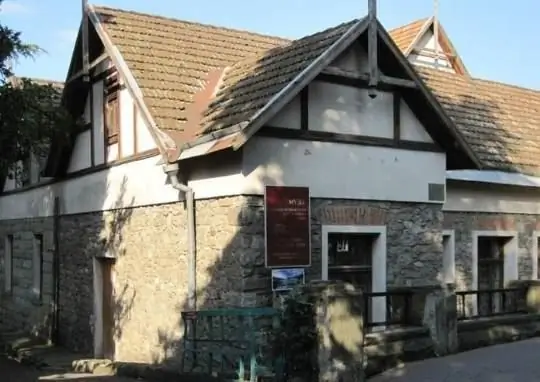
Description of the attraction
The Ethnographic Museum in the resort village of Lazarovskoye introduces its guests to the national culture of the indigenous inhabitants of the Black Sea coast - the Adygs-Shapsugs, as well as to the interesting history of immigrants from countries - Russia, Georgia and Turkey to Sochi, in the second half of the XIX century. and the beginning of XX century. The museum is located not far from the central square of the village, on Pobedy Street. The museum exposition is located in the mansion of the merchant Popandopulo, erected at the beginning of the XX century.
The official opening of the Lazarevsky Ethnographic Museum took place in 1990. The Russian Ethnographic Museum, the National Museum of the Republic of Adygea and others took an active part in its organization.
The museum displays relics up to 4-5 thousand years old. Also here you can see a collection of weapons, household items from the Middle Ages, found in the burial mounds "Circassian graves" in Sochi, rare books and photographs. In total, there are about 1000 exhibits in the museum's funds.
Visitors to the museum will be able to learn many interesting facts about the dolmen culture, which was widespread in this region in the III-II millennium BC, and see the tools of the Shapsugs. Shapsugs were experienced herders and farmers, excellent gunsmiths, blacksmiths and potters. Guests of the museum can admire women's festive Adyghe clothes made of dark velvet and embellished with gold embroidery, gilded clasps and silver braid.
Not far from the Lazarevsky ethnographic museum are the remains of the coastal fortification of the Lazarevsky fort. Near the regional hospital are the ruins of fortress bastions and ramparts, as well as the "Unicorn" cannon that has been preserved since the founding of the fort.






